“I love you, with all the longing in this lonely world.”
|
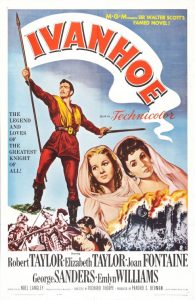
Synopsis:
While visiting his estranged father (Finlay Currie) to request money for the ransom of Richard the Lionheart (Norman Wooland) — who is being held prisoner by his treacherous brother Prince John (Guy Rolfe) — a Saxon knight named Ivanhoe (Robert Taylor) visits his life-long love, Lady Rowena (Joan Fontaine), and earns the loyalty of the court jester (Emlyn Williams). When his father rejects his plea, Ivanhoe turns to a Jewish banker (Felix Aylmer) whose daughter Rebecca (Elizabeth Taylor) falls secretly in love with Ivanhoe and risks her life to assist him. With an entourage of Norman knights — including Sir Brian de Bois-Guilbert (George Sanders) — determined to defeat him, and a team of men led by a Robin Hood-like fighter (Harold Warrender) on his side, will Ivanhoe prevail in his quest?
|
|
Genres, Themes, Actors, and Directors:
- Elizabeth Taylor Films
- George Sanders Films
- Historical Drama
- Jews
- Joan Fontaine Films
- Love Triangle
- Robert Taylor Films
- Royalty and Nobility
Review:
No money was spared on this adaptation of Sir Walter Scott’s novel, which turned into the highest grossing film for MGM studios in 1952. In his review for the NY Times, Bosley Crowther referred to it as a “brilliantly colored tapestry of drama and spectacle”, and it does remain that — particularly given the excellent cinematography (by Freddie Young) and sets (by Alfred Junge). However, Robert Taylor’s uncharismatic performance as Ivanhoe leaves quite a bit to be desired, and it’s awkward to see beautiful Liz Taylor pining for someone we know she “shouldn’t” have (given Ivanhoe’s allegiance to Rowena). It’s bold of the filmmakers to openly tackle issues of anti-semitism; knowing one of the lead screenwriters was banned from Hollywood given her unwillingness to testify before HUAC adds extra poignancy to this aspect of the screenplay. Ultimately, however, this visually appealing film will be of most interest to those who enjoy well-mounted medieval dramas with plenty of swordplay, castles, jousting, and festive attire.
Redeeming Qualities and Moments:
- Freddie Young’s cinematography
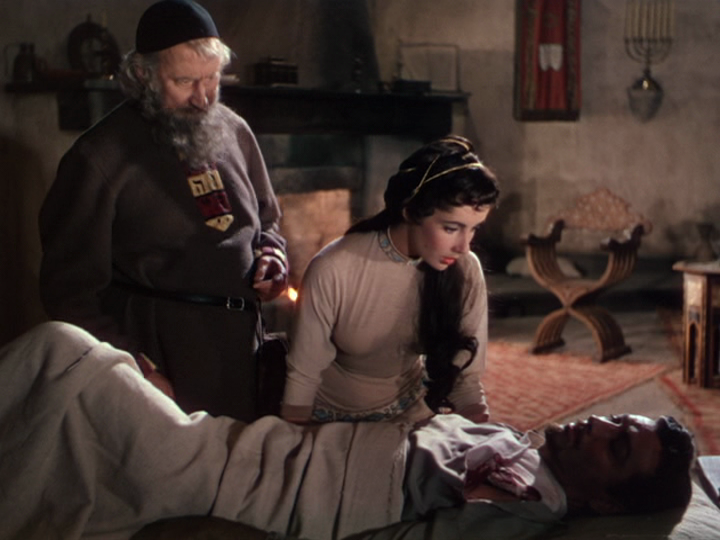
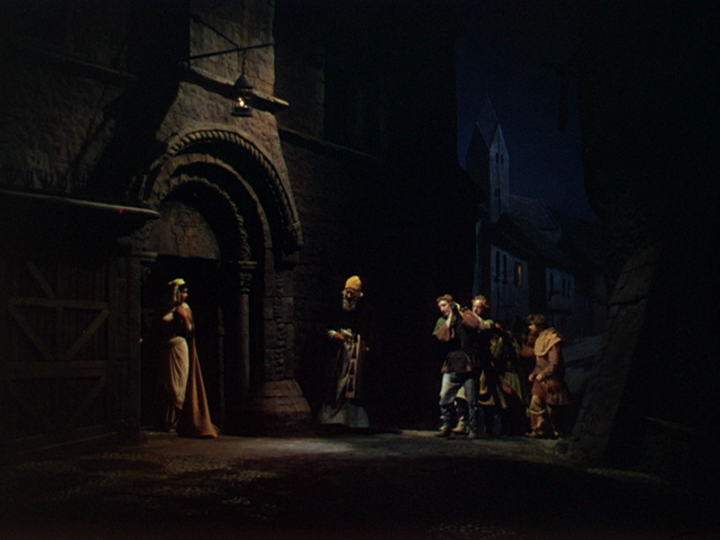
- Fine sets and art direction by Alfred Junge

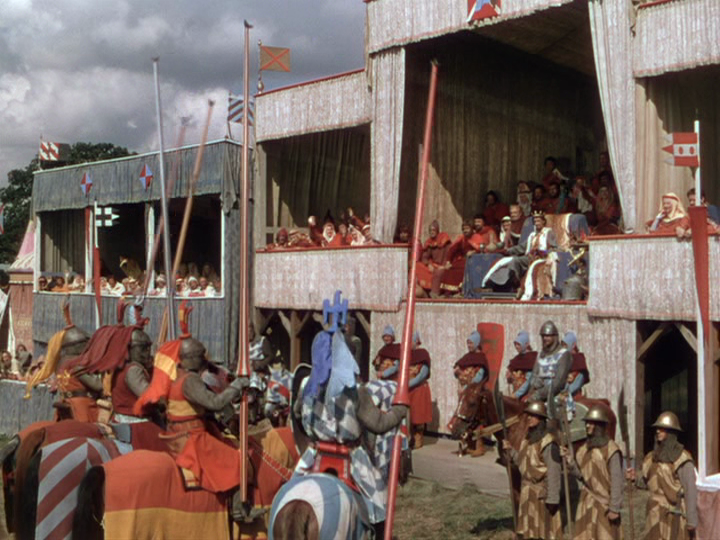
- The exciting castle siege sequence
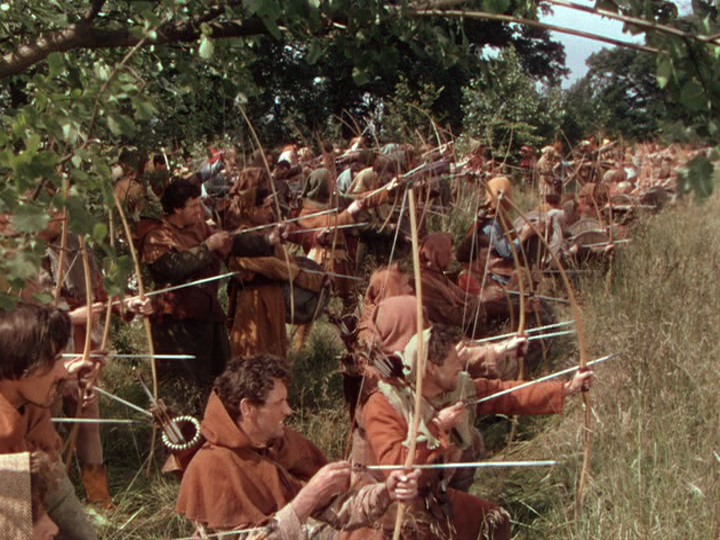
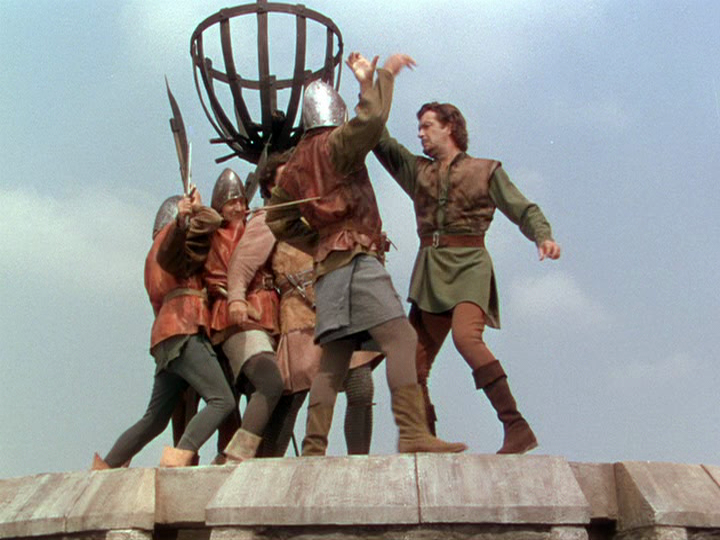
Must See?
No, but it’s worth a one-time look simply for the visuals.
Links:
|
One thought on “Ivanhoe (1952)”
First viewing. A tentative once-must, for its place in cinema history, director Richard Thorpe’s handling of the various fight sequences – and the strong performances of the supporting cast.
Personally speaking, if I’m going to watch a film about medieval politics, I’d rather watch Monty Python doing it. If not them, I’d prefer it to be somewhat more hard-hitting in its realism – and less earnest, as this film threatens to be early on.
However – even though it at first seems to be geared mainly toward elementary student groups who have read the novel in class, ‘Ivanhoe’ gets better as it goes along and its premise gains momentum. Along with its welcome study of anti-semitism is its depiction of the struggle for equality of men in general.
As noted, the lengthy castle siege sequence is impressive in its range and detail – as is the climactic, surprisingly brutal challenge between Taylor and Sanders.
In general, the performances reveal admirable conviction – even if Taylor appears a bit too old for his role and Fontaine comes off more on the plastic side of sincerity. The leads are supported by a very game cast – with Sanders doing what he does best (being odious and manipulative) and (a gorgeous) Taylor turning in one of her best performances in the early part of her film career.